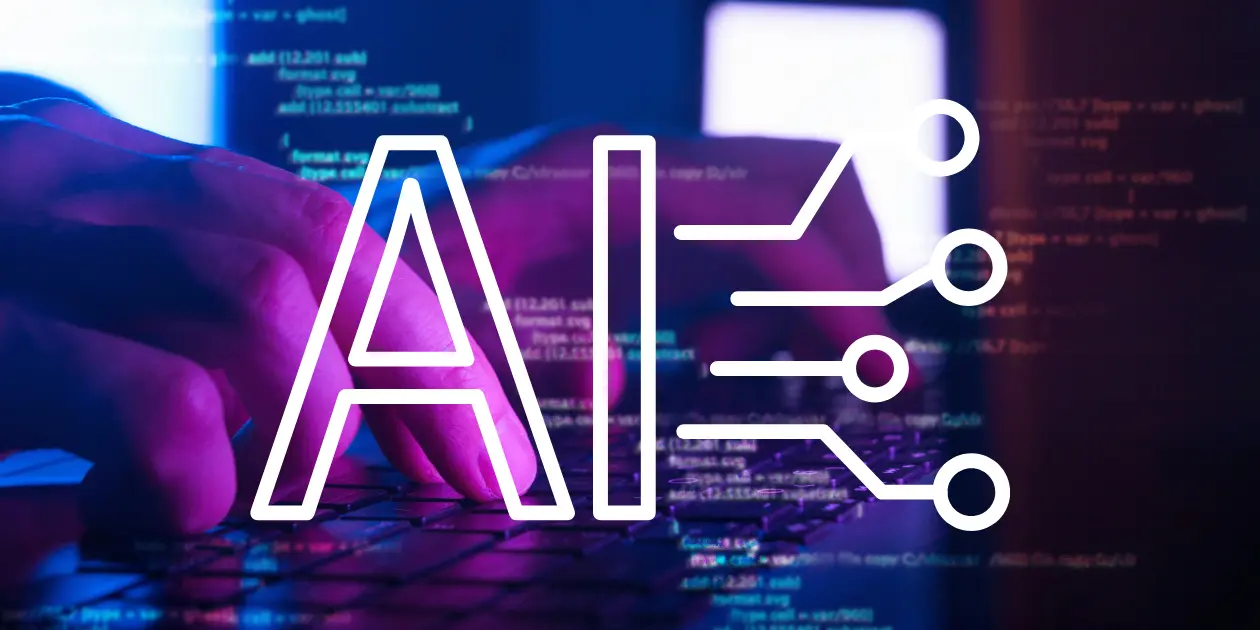In today's interconnected world, the rise of cybercrime poses a significant threat to individuals, businesses, and even nations. The tactics employed by cybercriminals continue to evolve, challenging traditional security measures. However, there's a powerful ally in the battle against cybercrime: artificial intelligence (AI) and machine learning. In this blog post, we'll explore how AI in cyber security and machine learning is transforming the landscape, empowering defenders to stay one step ahead of malicious actors and create a safer digital world.
Understanding the Cybersecurity Challenge
Cybersecurity professionals face numerous challenges in protecting digital systems. The sheer volume of data generated daily makes it impossible for humans alone to analyze and identify potential threats effectively. Moreover, cybercriminals employ sophisticated techniques that often go undetected by conventional security systems. This is where AI and machine learning in cybersecurity come into the picture.
1. AI-Powered Threat Detection:
AI algorithms excel in processing vast amounts of data and identifying patterns. By analyzing network traffic, user behavior, and system logs, machine learning algorithms can differentiate between normal and malicious activities, helping organizations respond swiftly to emerging threats. This proactive approach enhances the detection and prevention of cyber threats, staying one step ahead of cybercriminals.
2. AI for Fraud Detection
AI is revolutionizing fraud detection by leveraging anomaly detection, behavioral biometrics, natural language processing, network analysis, real-time decision making, and continuous learning. AI algorithms analyze transactional data, establish baseline behaviors, and flag deviations indicating potential fraud. They also analyze user behavior patterns, employ NLP to detect fraudulent communication, analyze network traffic for suspicious activities, make real-time decisions on transaction legitimacy, and continuously learn to adapt to evolving fraud tactics. This powerful combination empowers businesses to stay ahead of fraudsters, prevent fraudulent activities in real-time, and protect against emerging threats.
3. Behavioral Analysis and User Authentication:
AI introduces a dynamic approach by analyzing user behavior. By building behavioral profiles of individuals or entities, AI algorithms can detect anomalies, such as unauthorized access attempts or suspicious activities, even if the attacker has managed to evade traditional security measures. This approach significantly enhances user authentication and reduces the risk of unauthorized access.
4. Intelligent Email Filtering:
Phishing attacks remain one of the most common entry points for cybercriminals. AI-powered email filters leverage natural language processing and machine learning to identify suspicious emails. These filters analyze email content, sender reputation, and contextual information to determine if an email is legitimate or malicious. By preventing malicious emails from reaching users' inboxes, AI reduces the likelihood of falling victim to phishing scams.
5. Predictive Analytics and Threat Intelligence:
AI's ability to analyze vast amounts of data enables it to provide valuable insights to cybersecurity professionals. By leveraging predictive analytics, AI algorithms can identify potential vulnerabilities and predict attack vectors. Additionally, AI can aggregate threat intelligence from various sources, such as global security feeds and forums, to stay updated on the latest cyber threats, providing real-time protection against evolving attack methods.
6. Automated Incident Response:
In the event of a cyberattack, timely response is crucial to mitigate the damage. AI-powered incident response systems can automate the detection, analysis, and containment of security incidents. By integrating with security orchestration and automation platforms, AI algorithms can rapidly identify and respond to threats, minimizing the impact of an attack.
7. Machine Learning in Cybersecurity:
Machine learning algorithms further enhance cybersecurity defenses. By analyzing patterns and anomalies, machine learning algorithms detect and prevent threats, even those previously unseen. Behavior-based analysis, malware detection and classification, user authentication, and access control are some areas where machine learning excels. Additionally, machine learning enables predictive analytics, automated incident response, and provides decision support to cybersecurity professionals.
Change the Game with AI and Machine Learning in Cyber Security
AI and machine learning have revolutionized the field of cybersecurity, empowering organizations to proactively detect, prevent, and respond to cyber threats. These technologies enhance threat detection, user authentication, malware detection, and incident response. By harnessing the power of AI and machine learning, organizations can create a safer digital world, protecting their assets and ensuring the privacy and security of their users. However, it's crucial to remember that human expertise remains vital in effectively utilizing AI and machine learning for cybersecurity. The collaboration between intelligent algorithms and human analysts forms a formidable defense against the ever-evolving landscape of cyber threats. Together, we can stay one step ahead of cybercriminals and safeguard our digital environments.

